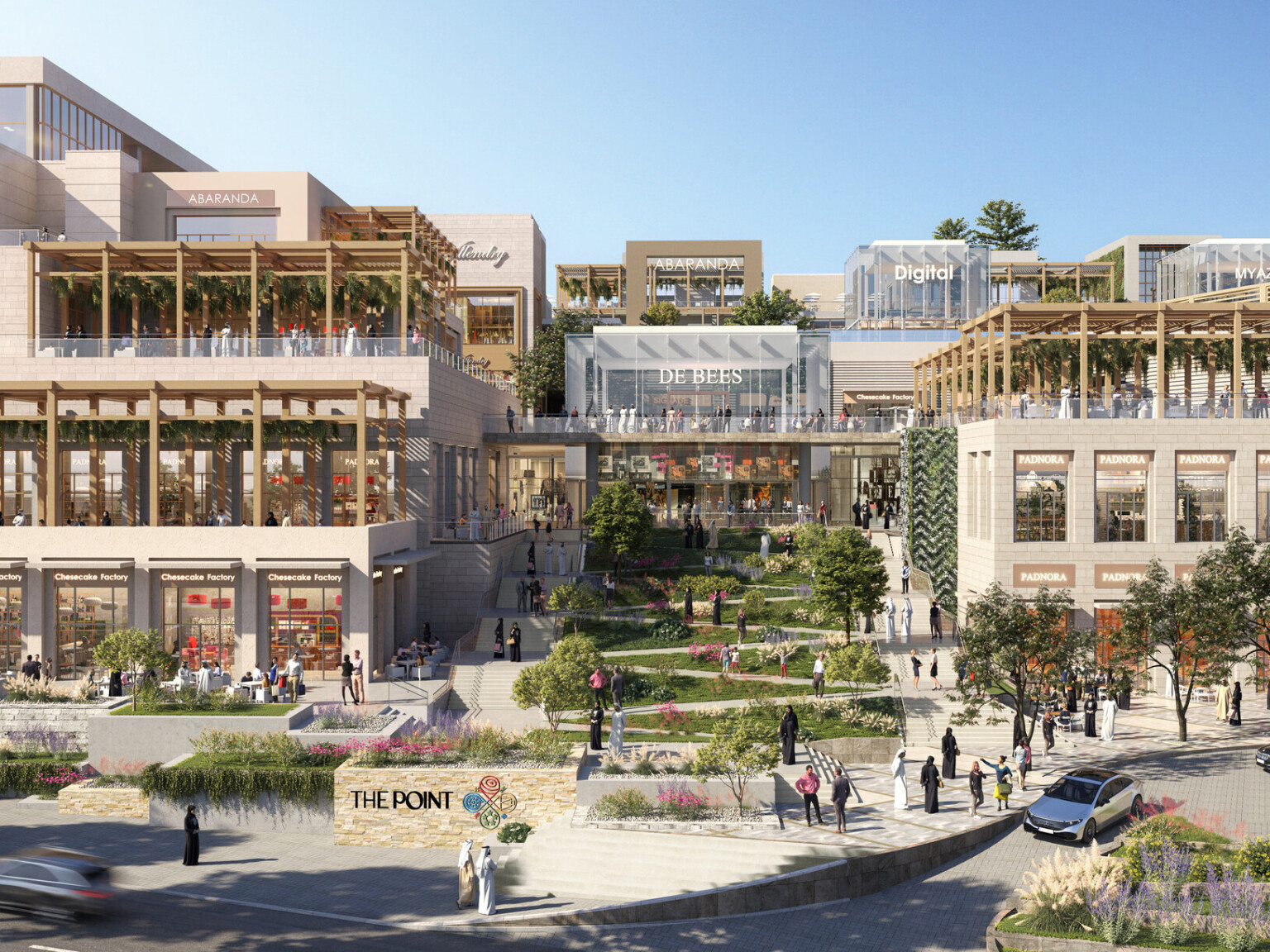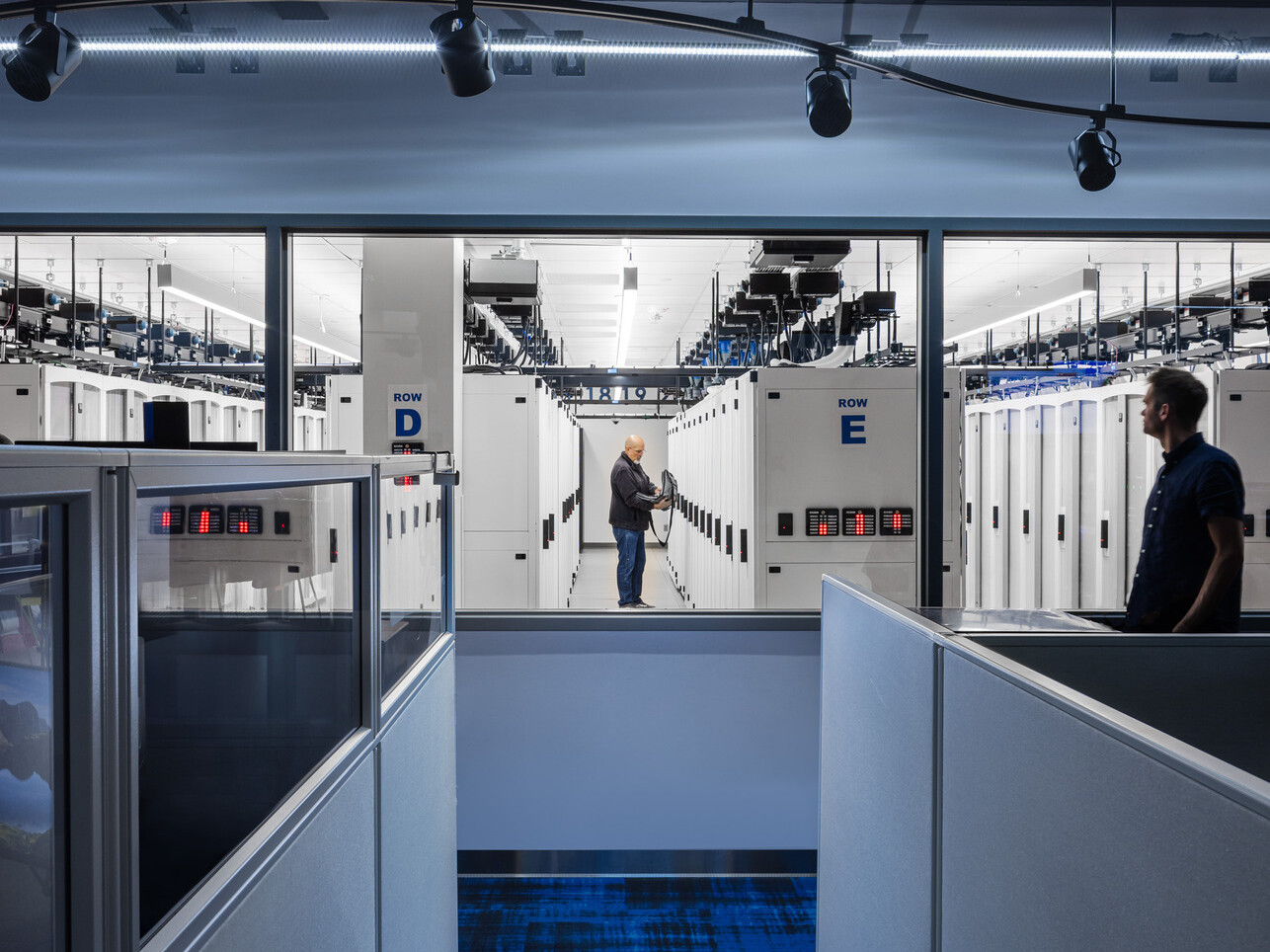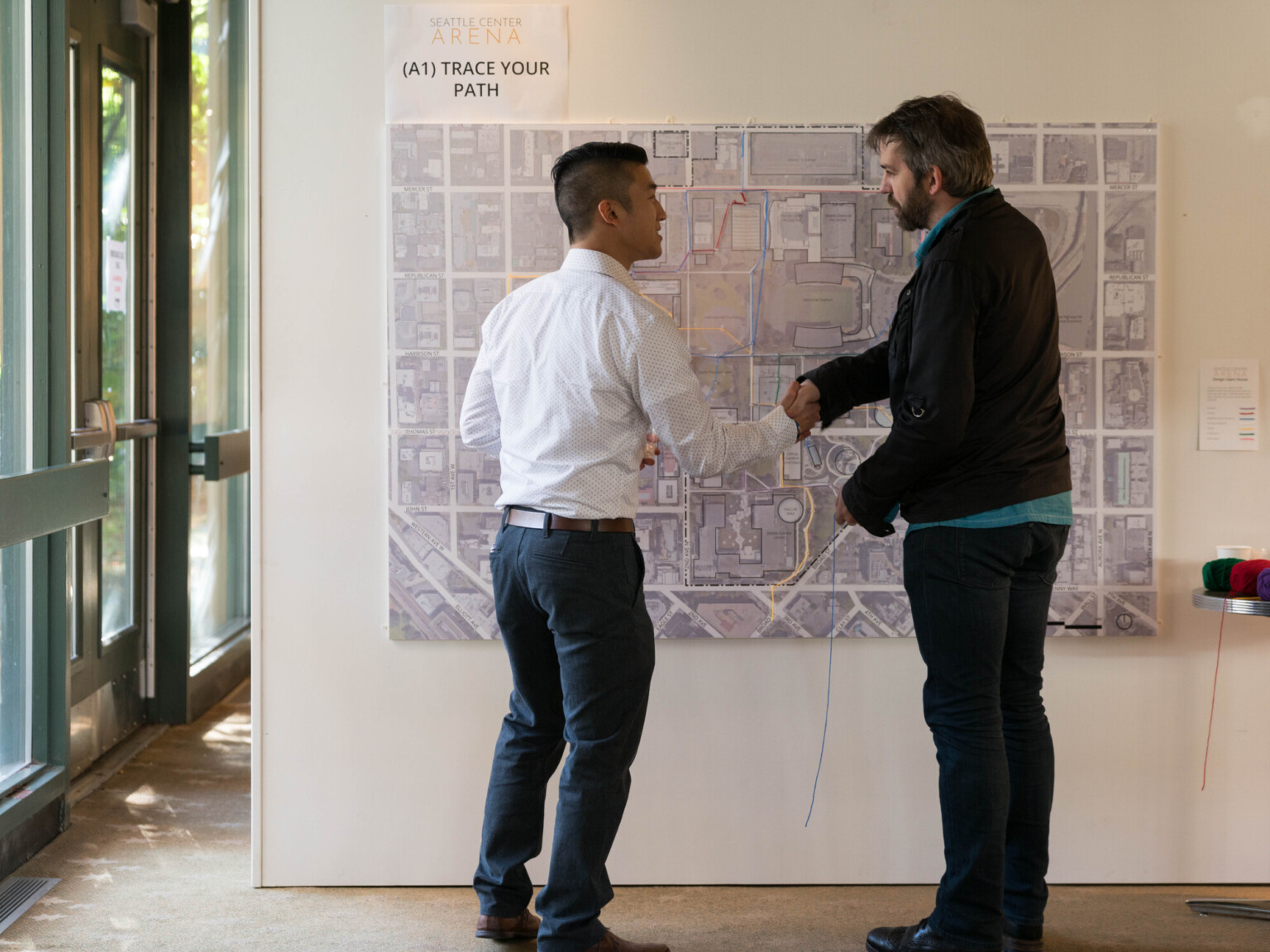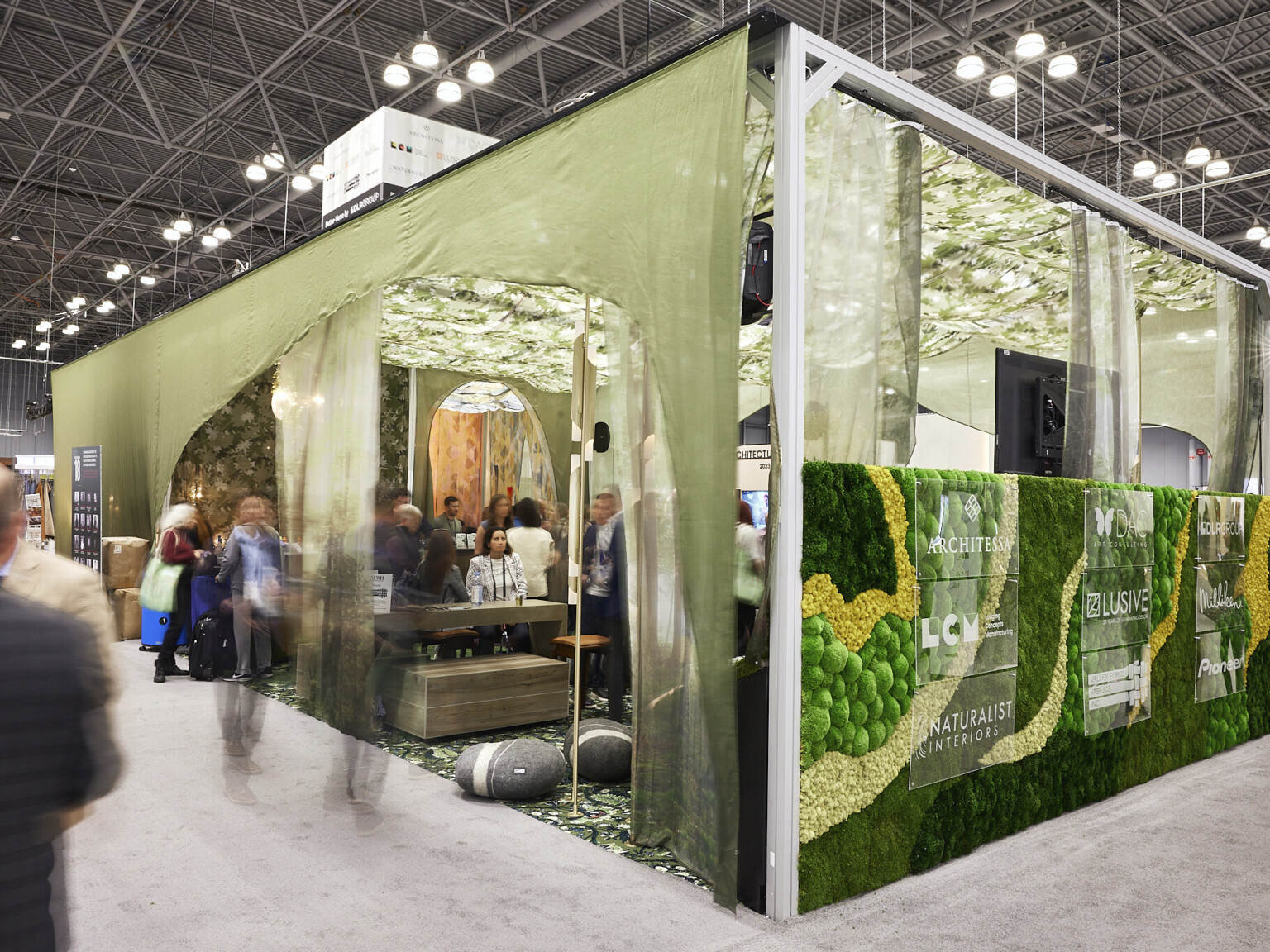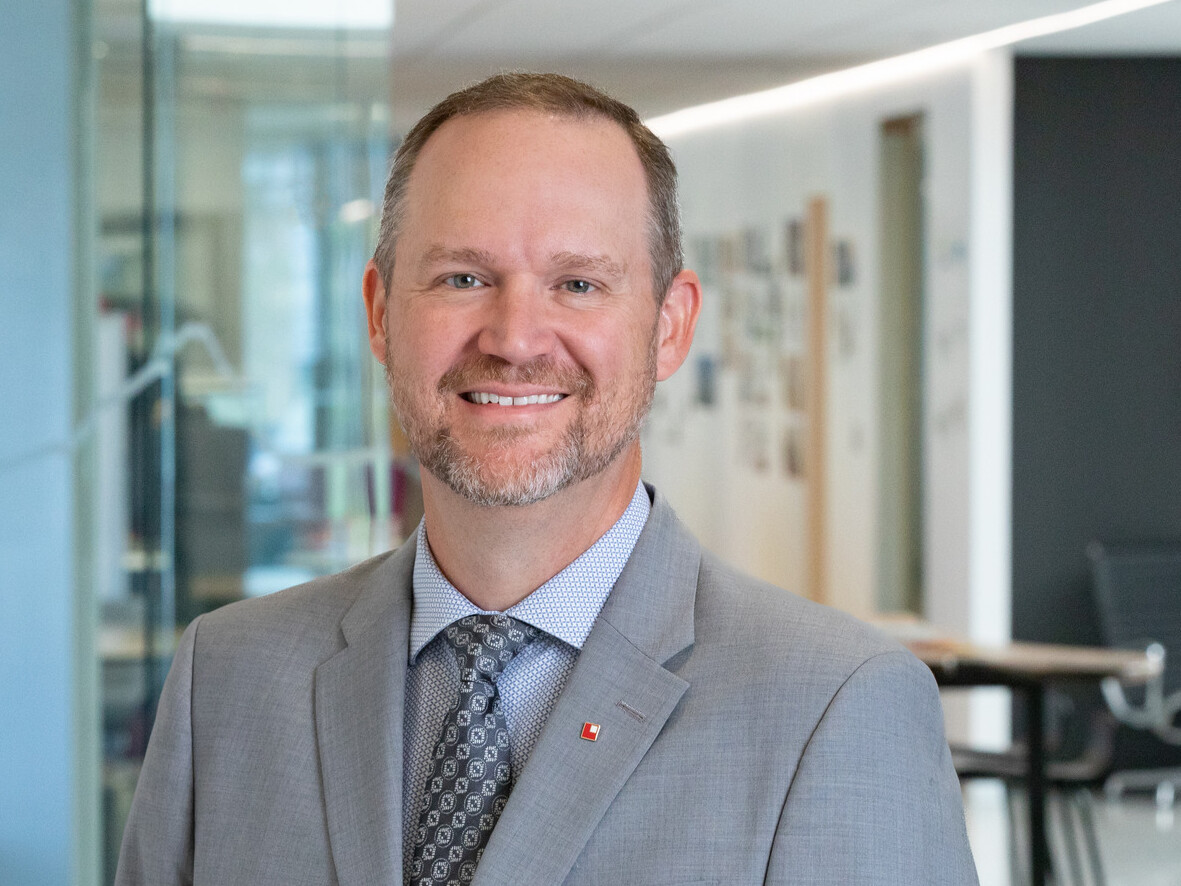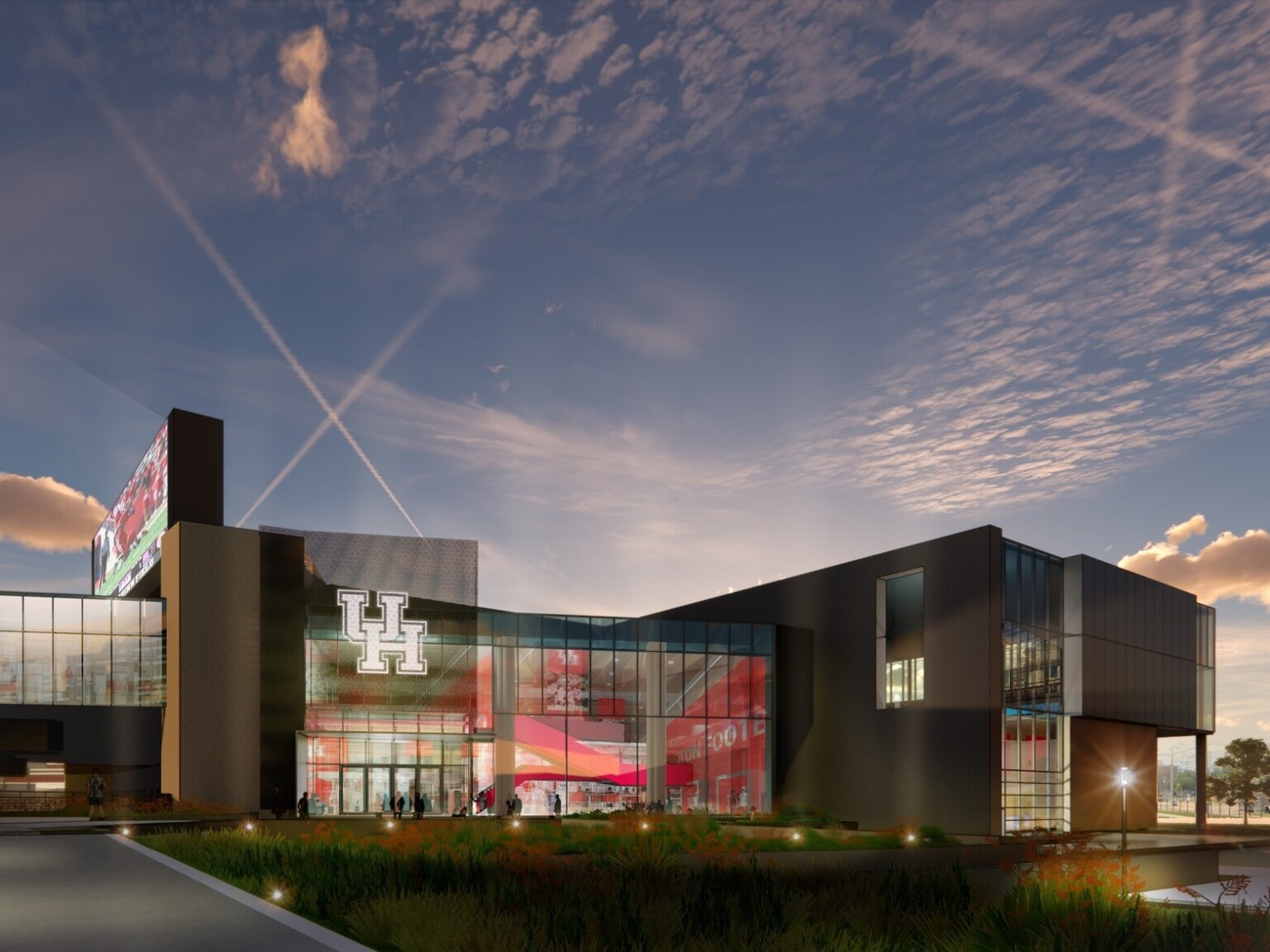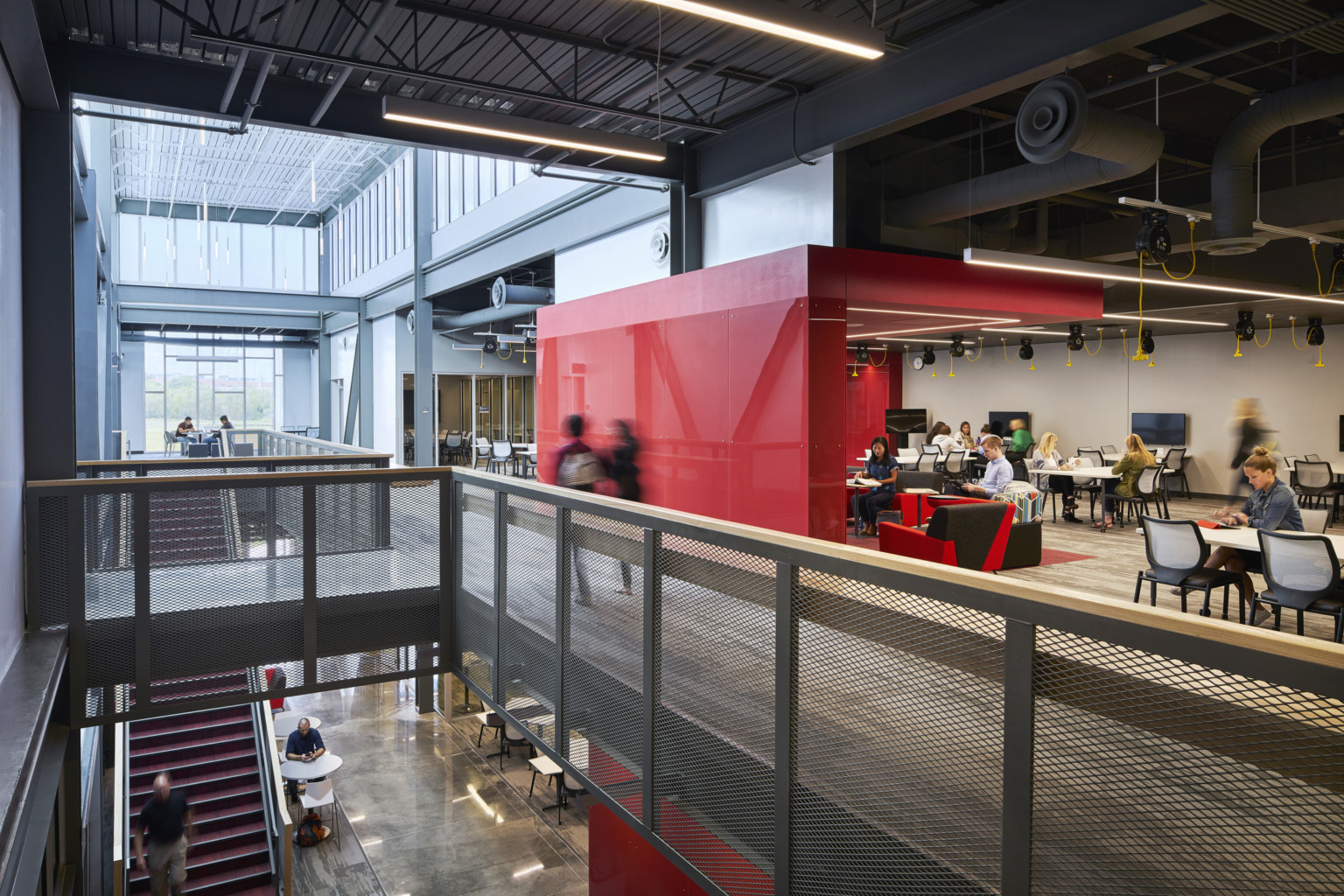
A Look Ahead to Learning in 2050
Now fast forward to the year 2050 and beyond, and imagine what education looks like. Most districts will continue to operate some type of dedicated learning environment to support the educational process and serve as a home base where students check in intermittently between projects. However, education will shift from place-based to experience-based, from individual buildings to networks and communities – and that’s exciting to me. Each community must arrive at the right definition of “school” for their unique educational and workforce training needs, and they must agree on an appropriate rate of change to transition toward a future-facing environment.
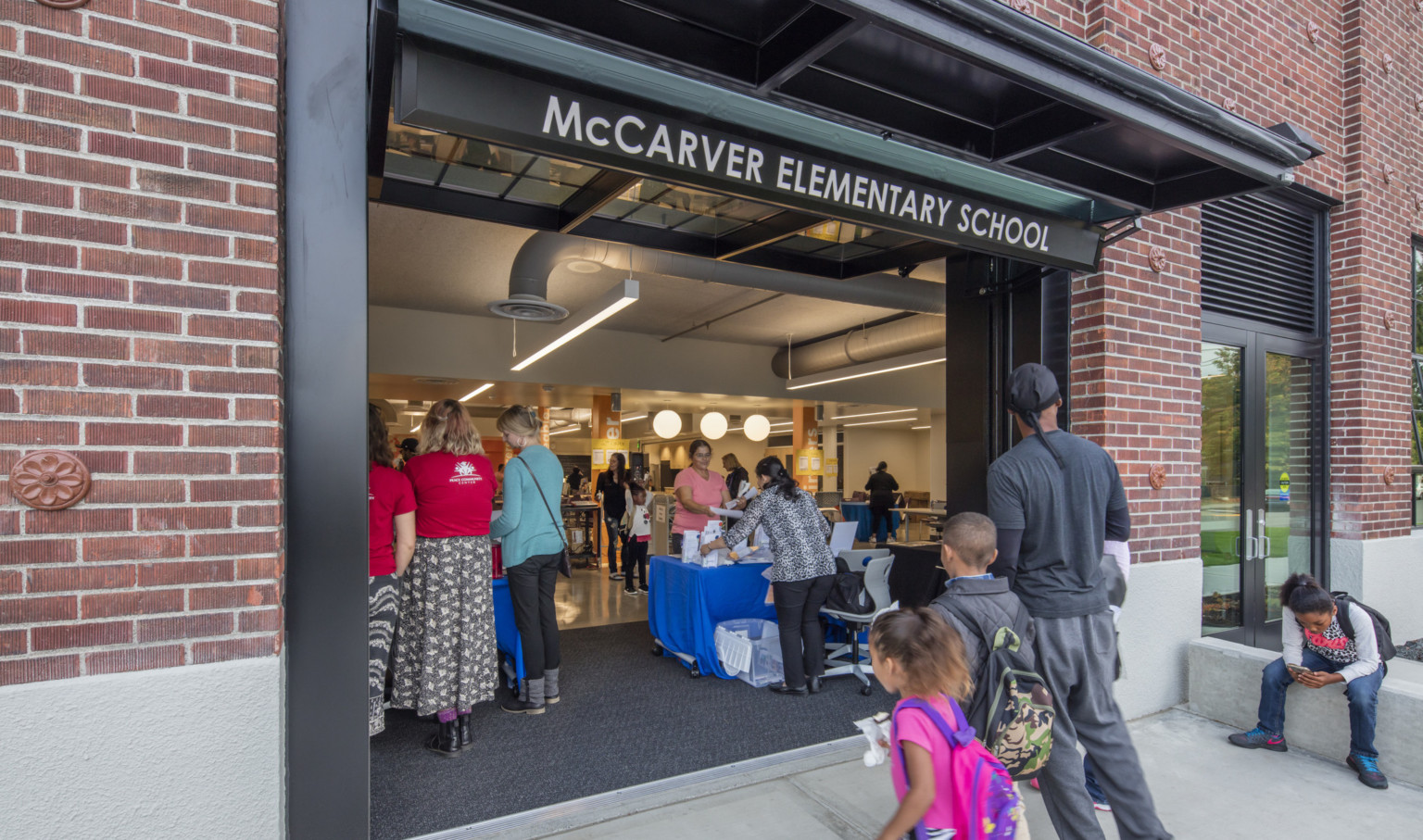
Developing Self-Regulation Skills
Based on current, research-backed themes of incorporating social-emotional learning into every discipline and workforce training, the evolution of education will certainly emphasize SEL by focusing on self-awareness and self-regulation; in fact, integrating SEL into curriculum may help students transfer skills to real-world settings more effectively.2 SEL has been considered one of the four core skills for students in British Columbia for the past 17 years, where it is learned not only through overt SEL programming, but also through arts education and as a part of the K-12 system’s collaboration with university and community partners.3
This type of SEL moves beyond interpersonal interaction to robust programs that push students to become team players, collaborators, and leaders who can make decisions based on their inner signals and outer context. At the very core of the learning experience will be choice – the ability to personally choose becomes the framework for the educational journey from graduation to contributing member of society. Students will be preparing for careers that don’t yet exist, and therefore must become savvy choice makers to chart a successful path for themselves from high schooler to lifelong learner.
Self-regulation helps students navigate through infinite choices enabling them to better understand how to conduct themselves and control their emotions. As children grow, they naturally learn to interpret signals from within their own bodies – hunger, fatigue, distraction – and from their outside context – language, social cues, and the environment. Today’s students can quickly become overwhelmed with the vast amount of choices facing them on a daily basis, such as when to eat, study, reflect, socialize, or be active. The growing amount of information that is readily available in a variety of media only adds to the signals students must sort and process. The future of education will equip students with the knowledge and personal skills to regulate themselves, make appropriate choices, and reduce burnout. They will learn to identify when rest is necessary, or to sort out when they are distracted and feel empowered to move from that space or situation to increase their focus on the task at hand.
A school facility – be it a single building or network of buildings and outdoor spaces – will support learning self-regulation by offering a variety of settings for students to experience different work and learning contexts. It also will provide the right amount of free, flexible space, both enclosed and open, to allow students to make choices about when and where they work.
Learning self-regulation requires a variety of spaces, based on age group. Students in lower grades have different needs than adolescents in high school, and each group must be given the right amount of latitude and choice so they can hone their social-emotional abilities in a developmentally appropriate way.
Younger Years
Younger learners require more structure than older students, as they are in a more concrete and literal developmental stage learning to associate their actions with effects. A more clearly delineated school facility and defined program is necessary to set parameters and help this cohort learn their limits and explore their potential. Inside a school facility, the design of multi-use labs and open spaces that give students the freedom to test concepts and ideas through controlled, or appropriate, risk will help students recognize the outcomes of their individual choices within a monitored environment.
Using the school building as a “3D textbook” – an idea stemming from the Reggio Emilia approach to using the environment as a third teacher — will allow students to take small risks and see how their decisions impact the environment around them. For example, adjusting a dedicated set of solar panels on the roof, separate from the building grid but still attached to real-world equipment, allows students to visualize how their decision to reposition the panel affects the amount of energy generated by the source. Trash facilities that give feedback about the weight of landfill, recycling, and compost materials in real time help students see the impact of their eating habits and food waste on the environment during a key period in which they learn to set personal healthy and sustainable behaviors.
As the industry moves beyond the school facility where today’s student spends all of his or her day, we will see an increase – or some may recognize it as a return – in guided field trips and advanced activities outside the classroom. Community spaces can also offer activities that teach key concepts while allowing students to make choices and recognize outcomes. For example, the Exploratorium in San Francisco provides a venue to learn about natural history and science by participating in hands-on activities. Here, kids can engage in self-guided experimentation with science-based exhibits to experience cause and effect firsthand. A great example at the Exploratorium is the sand dune exhibit, where students can reposition a fan to visualize how their action affects sand movement. Students can also engage in activities that directly benefit their neighborhoods, such as community gardens and community kitchens. By sharing a valuable learning activity with others that also has real-world impacts, such as participating in a cooking lesson with their parents, students not only learn lesson concepts, they also see real changes around them based on their own actions and learn about collaboration with people of different ages and backgrounds.
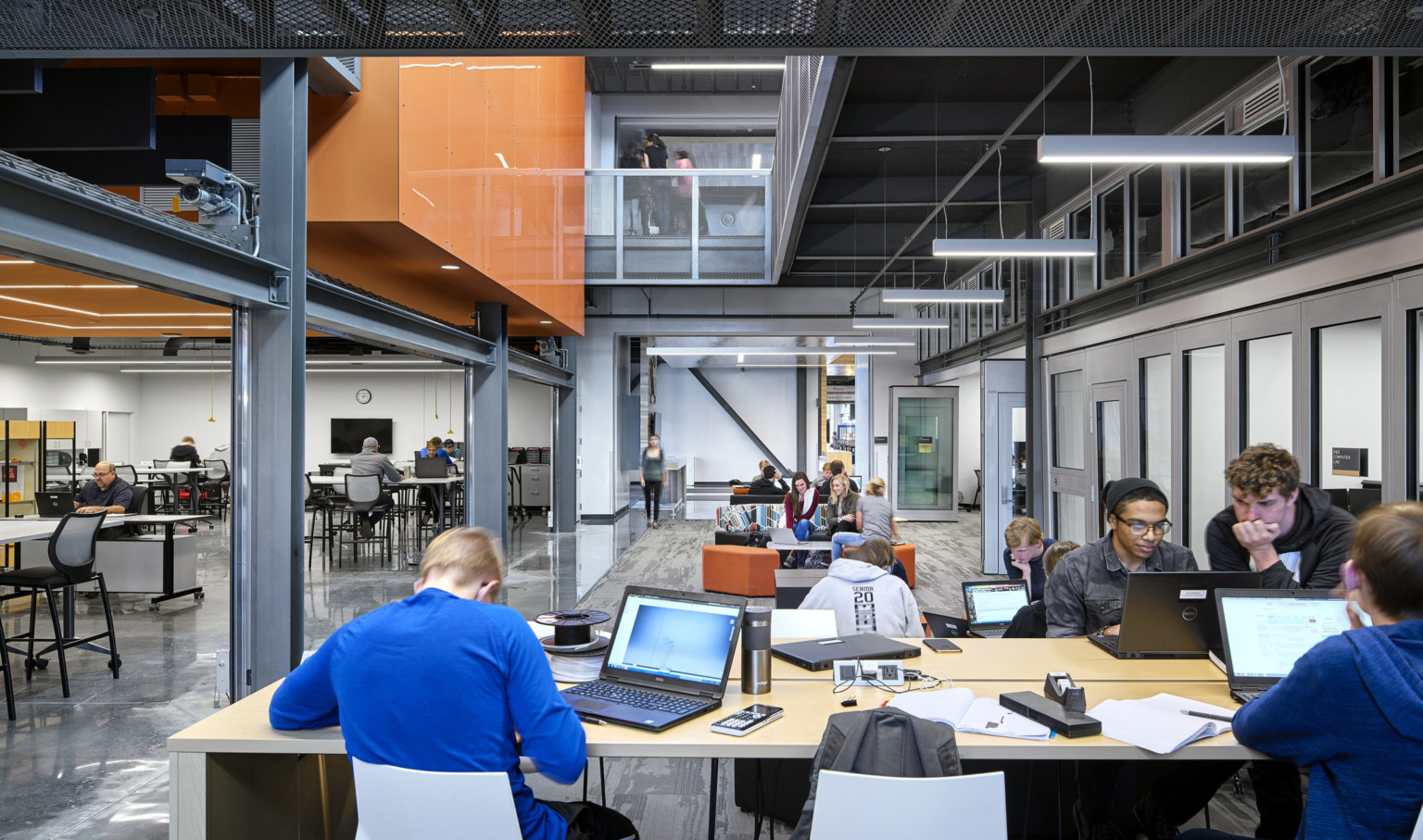
Teen Years
To help teens transition their learning into the work world, many school districts have adopted externships. Central district facilities that offer focused instruction, specialized training, and community partnerships provide opportunities for students to explore interests with working professionals before making career choices. Looking ahead, a future-facing learning system will incorporate advanced digital technology to facilitate dialogue between students and professionals, parents, and teachers. This will help students relate what they learn offsite with what they learn inside their school environment, keeping continuity between ideas to enhance the learning experience.
These virtual interactions can take place along a spectrum of complexity. A simple video conference between students and their mentors, parents, and teachers – especially one led by the student herself – can facilitate a holistic conversation about learning inside and outside the school.1 Immersive environments, such as global learning portals, transport students across the globe to interact with experts or other students from entirely different countries. Many school groups have found it especially meaningful to have a semester-long interaction with students of a similar age in a different country. The in-depth relationships allow students on both sides of the interaction to learn that there are many ways to live and go to school. By sharing in-group projects with distant collaborators, students also learn key job skills that will benefit them in an increasingly global future.
In addition, students can put learning within their school facility to use in a community-facing section of the building that operates as a business, allowing them to serve community members as customers in a commercial or retail-like setting. This type of experience allows students to self-guide their learning, see the outcome of their choices as they interact with the community, build relationships, and create positive interactions between school and community.
When it comes to providing a school facility that meets these needs, the emphasis is often on adding digital technology. What students ask for, and what research supports, is also more spaces that reflect real-world settings in universities and workplaces that students will graduate into in a few short years. This goes beyond digital technology to include furniture, places for students to socialize and eat, and space in which to collaborate through hands-on materials or virtual settings.
As an educational planner, one of my roles is to challenge clients to think beyond the familiar toward the unlimited possibilities that are shaped by choice. It is also my duty to challenge peers to leverage research and evidence to design facilities that support this choice and educational freedom, whether that’s a school facility, a multi-use community asset, or an outdoor learning space that includes Wi-Fi. Equipping students with the tools and skills necessary to make informed decisions will help them become happier, healthier individuals, and support them as they identify their own unique path into lifelong learning. After all, the world is changing every day; we don’t know what the future holds. So we must prepare younger generations to be able to adjust and make wise choices to reach their desired outcome in life.
References
1Biermeier, M. A. (2015). Inspired by Reggio Emilia: Emergent curriculum in relationship-driven learning environments. Young Children, 70(5), 72-79. Retrieved at https://www.naeyc.org/resources/pubs/yc/nov2015/emergent-curriculum.
2Gresham, F., Sugai, G., & Horner, R. (2001). Interpreting Outcomes of Social Skills Training for Students with High-Incidence Disabilities. Exceptional Children, 67, 331–344, http://dx.doi.org/10.1177/001440290106700303.
3Hymel, S., Low, A., Starosta, L., Gill, R., & Schonert-Reichl, K. (2018). Promoting Mental Well-Being Through Social-Emotional Learning in Schools: Examples from British Columbia. Canadian Journal of Community Mental Health, 36(4), 1-11. Retrieved at https://www.cjcmh.com/doi/10.7870/cjcmh-2017-029
4Morris, T., McGuire, M., & Walker, B. (2017). Integrating social studies and social skills for students with emotional and behavioral disabilities: A mixed methods study. The Journal of Social Studies Research, 41(4), 253-262. https://doi.org/10.1016/j.jssr.2017.04.001.
5Peterson, O. W. P., Mau, B., & Orr, D. W. (2010). The Third Teacher. New York, NY.
6Spence, S. (2003). Social skills training with children and young people: Theory, evidence and practice. Child and Adolescent Mental Health, 8(2), 84–96. https://doi.org/10.1111/1475-3588.00051.
7U.S Department of Education, 36th Annual Report to Congress on the Implementation of the Individuals with Disabilities Act, 2014, p.289. (Retrieved at http://www2.ed.gov/policy/gen/guid/school-discipline/guiding-principles.pdf).
This article was originally printed in the December 2018 edition of School Construction News.

